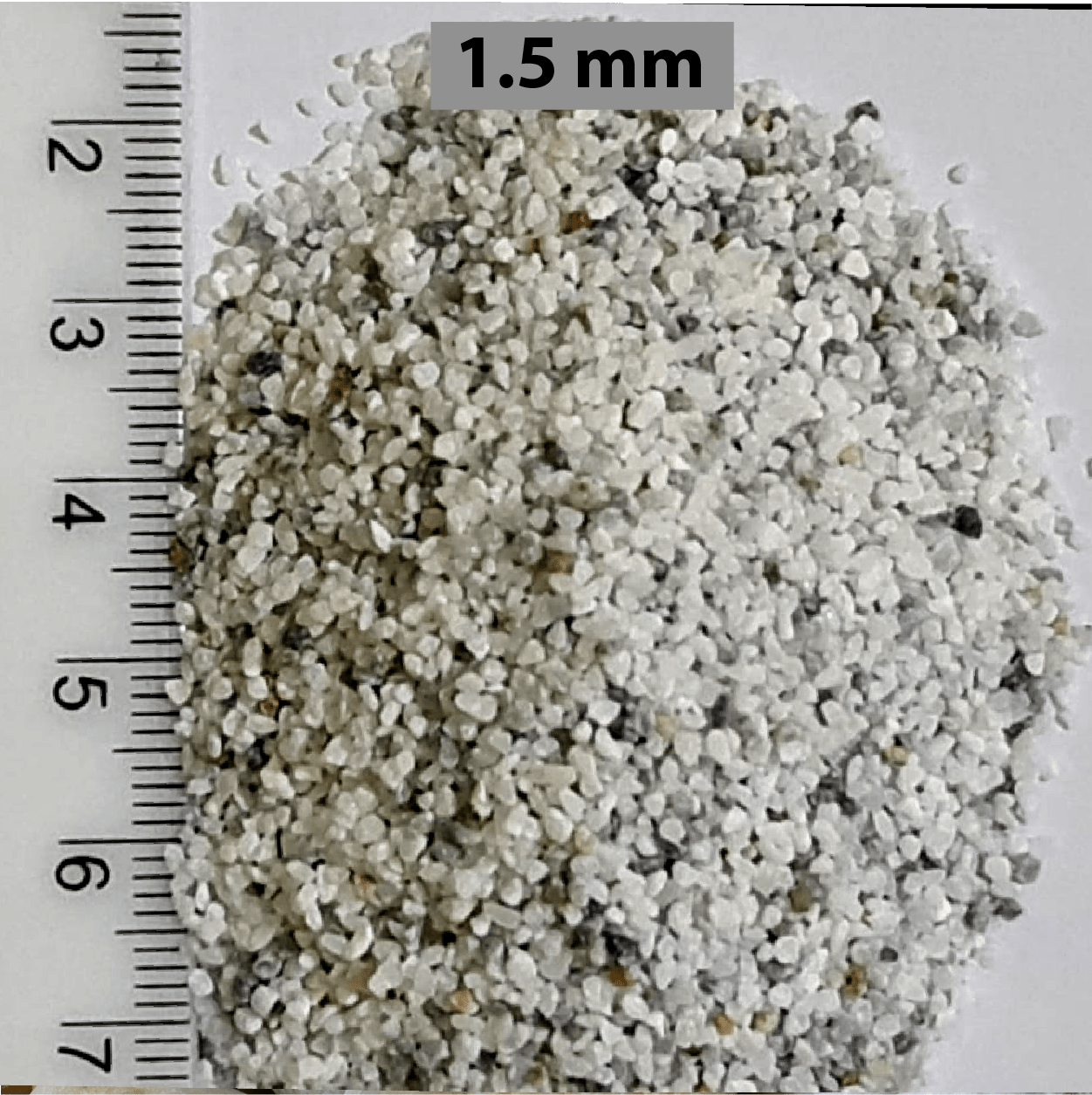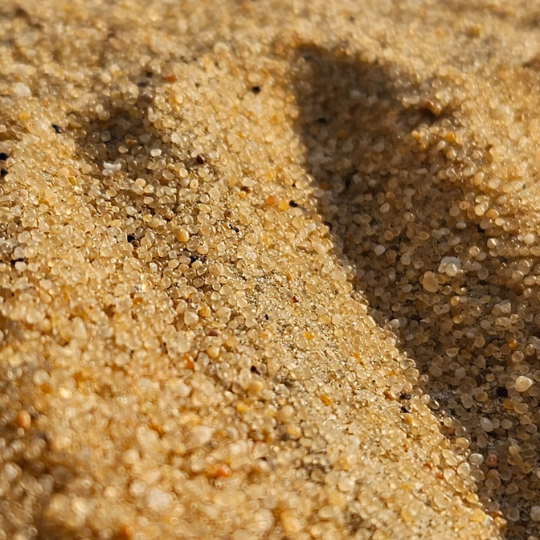Marble Powder Calcium Carbonate is the second purest source of calcium carbonate in nature, with a percentage of calcium carbonate reaching 97% CaCo3. After the phase of mining and extracting raw marble from our quarry in the kingdom, we crush it in our crusher to obtain marble fragments. Then we sort them from impurities, sift them and grind them to get marble powder called calcium carbonate. We then screen and sort it in our factories for use in many industries. We can also adjust pH to PH7 in water treatment projects.
Properties
Contains more than 19 .5% magnesium oxide and more than 29% calcium oxide. Silica is less than 0.3%, Alumina is less than 0.7%, Iron Oxide is less than 0.1% (or unpainted glass iron oxide is less than 0.03-0.04%). Dolomite Marble Powder is useful in a size of 100-250 microns.
In the paint industry, calcium carbonate marble powder is a basic material because it is composed of 30-40% of the paint components and is preferred over calcium carbonate powder because of its crystallinity. In the paint manufacturing process, powders are colorants and adhesives for forming sticky, stable high-flow materials. The particle size of the powder should not exceed 20 microns. Some paints used for exterior wall cladding require marble powder with a size of 0.3-1.2 mm. In the plastics industry, marble powder is the basic material for many manufacturing. Plastic products such as water pipes and drain pipes, electrical cables, electrical equipment parts, automobile parts, children’s toys, plastic bags, food preservatives for tableware.
We use it for cooking, decorating, etc. By improving the physical properties of plastic products and increasing the modulus of elasticity, it increases hardness and toughness, and it is difficult to deform. It lowers the coefficient of thermal expansion, improves the look and soft touch, and prevents it from falling. It also facilitates molding by increasing fluidity and reducing manufacturing costs.








